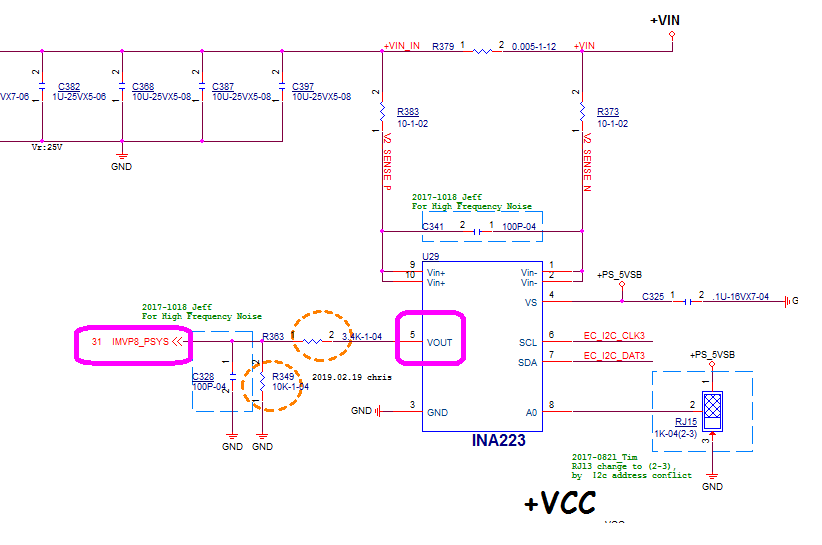Tool/software: TI-RTOS
Hi Sir
I have a question about INA223 Equation2(page16) is correct or not as below.
Because I saw Power Modes description (page17) are conflict with Equation2
Maybe correct equation2 is POWERgain=VOUT/(POWER)(R SHUNT), Is it right?
Thanks for your great support.




